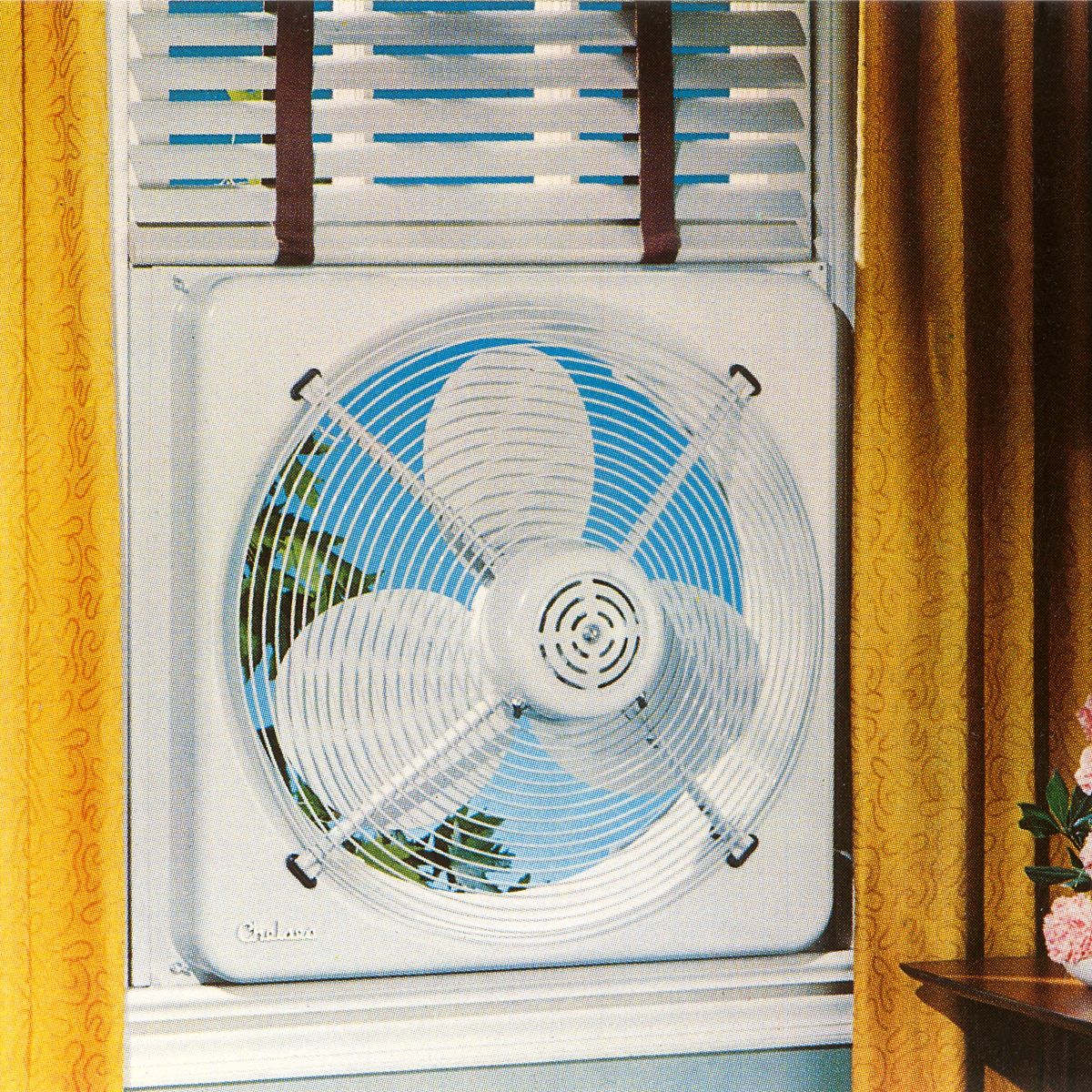

Articles
How To Use A Window Fan
Modified: October 20, 2024
Learn the best techniques for utilizing a window fan in this informative article. Discover practical tips, tricks, and maintenance advice to make the most of your cooling system.
(Many of the links in this article redirect to a specific reviewed product. Your purchase of these products through affiliate links helps to generate commission for Storables.com, at no extra cost. Learn more)
Introduction to Window Fans
Window fans are a popular and cost-effective cooling solution for many households. They offer a convenient and efficient way to circulate air and provide ventilation, particularly during the hot summer months. These versatile devices can help improve indoor air quality, regulate temperature, and reduce reliance on air conditioning, ultimately saving energy and lowering utility costs.
Window fans work by drawing fresh air from the outdoors into your home and exhausting stale air from inside. They can be installed in most standard windows and come in various sizes and styles to suit different preferences and needs. Whether you’re looking to cool a single room or improve air circulation throughout your entire home, a window fan can be a valuable addition to your cooling arsenal.
Aside from their cooling capabilities, window fans also offer other benefits such as reducing odors, eliminating humidity, and providing white noise for a more peaceful sleep. Unlike air conditioners that recycle and cool existing air, window fans create a continuous flow of fresh air, which can help create a healthier living environment free from pollutants, allergens, and stuffiness.
Moreover, window fans are typically more cost-effective than other cooling options. They require less energy to operate compared to air conditioners, which can significantly impact your monthly electricity bills. In addition, window fans are relatively affordable to purchase and maintain, making them an accessible cooling solution for many households on a budget.
When it comes to choosing a window fan, there are a few important factors to consider. First, determine the size of the fan based on the room or area you plan to cool. Measure the window opening to ensure a proper fit, and consider the fan’s dimensions and weight as they may impact installation and usage. Additionally, look for features such as adjustable fan speeds, reversible airflow, and built-in thermostat or timer functions for added convenience and control.
In the following sections, we’ll explore the benefits of using a window fan in more detail, discuss how to choose the right fan for your needs, offer guidance on installation and adjusting fan settings, provide tips on cleaning and maintaining your window fan, and troubleshoot common issues that may arise. By the end, you’ll have a comprehensive understanding of how to maximize the benefits of a window fan in your home.
Key Takeaways:
- Window fans offer cost-effective, versatile cooling with benefits such as improved air quality, natural ventilation, and customizable airflow. Proper installation, maintenance, and troubleshooting ensure optimal performance and longevity.
- Energy-saving tips, strategic placement, and regular maintenance maximize the energy efficiency of window fans, reducing electricity consumption and environmental impact. Troubleshooting common issues ensures continued functionality and enjoyment.
Read more: How To Clean A Window Fan
Benefits of Using a Window Fan
Window fans offer a range of benefits that make them a practical and efficient cooling solution for any home. Understanding these advantages can help you make an informed decision when considering whether to invest in a window fan. Here are the key benefits of using a window fan:
- Cost-Effective: Window fans are generally more affordable than air conditioners and consume significantly less energy. By using a window fan instead of relying solely on air conditioning, you can reduce your cooling costs and lower your monthly energy bills.
- Versatile Cooling: Window fans provide versatile cooling options. They can be used to cool a single room or multiple rooms, depending on your needs. With the ability to adjust fan speeds, you can customize the airflow to suit your comfort preferences.
- Natural Ventilation: Unlike air conditioners that recirculate indoor air, window fans enable natural ventilation by bringing in fresh outdoor air and exhausting stale indoor air. This helps improve indoor air quality by reducing pollutants, allergens, and odors.
- Improved Air Circulation: Window fans promote better air circulation throughout your home. By strategically placing fans in different rooms, you can create a cross breeze that improves air movement and reduces hot spots, making your living space more comfortable.
- Efficient Cooling at Night: Window fans are particularly beneficial during the night when temperatures are typically cooler. By positioning the fan to draw in cool air from outside, you can create a refreshing breeze that promotes better sleep without the need for air conditioning.
- No Installation Hassles: Window fans are easy to install and require no complicated ductwork or professional assistance. They simply fit into a standard window frame, making them a convenient cooling option that you can set up and use right away.
- No Space Constraints: If you have limited space, window fans are a practical solution. They don’t take up floor or wall space like portable or wall-mounted air conditioners, allowing you to maximize your living area without sacrificing comfort.
- No Harmful Refrigerants: Unlike air conditioners that rely on refrigerants, window fans don’t use any harmful chemicals. This makes them an environmentally friendly cooling option that reduces your carbon footprint.
In addition to these benefits, window fans can also provide white noise, which can be soothing and mask other background sounds, creating a quieter and more relaxing environment. With their affordability, energy efficiency, and versatility, window fans offer a range of advantages that make them a worthwhile investment for homeowners seeking effective and economical cooling solutions.
Choosing the Right Window Fan
When selecting a window fan, it’s essential to consider various factors to ensure you choose the right one for your specific needs. Here are some key considerations to keep in mind:
- Size: Determine the appropriate size of the fan based on the room or area you intend to cool. Measure the window opening to ensure a proper fit. Keep in mind that larger fans can move more air but may be heavier and require additional support during installation.
- Style: Window fans come in two primary styles: double-hung and sliding. Double-hung fans are designed to fit in windows that open vertically, while sliding fans are suitable for windows that open horizontally. Choose the style that matches your window type for a secure and proper fit.
- Number of Fan Blades: The number of fan blades can impact the amount of airflow produced. Fans with more blades tend to move air more efficiently, but they may also generate more noise. Consider the trade-off between airflow and noise level depending on your preferences.
- Fan Speeds: Look for window fans with multiple fan speed options. This allows you to adjust the airflow according to your comfort needs. Some models offer two or three speeds, while others come with variable speed settings for greater control.
- Reversible Airflow: Some window fans are designed with reversible airflow, allowing you to switch between intake and exhaust modes. This feature is particularly useful for bringing in cool outside air during the night and expelling hot indoor air during the day.
- Thermostat or Timer: Consider window fans that include a built-in thermostat or timer function. A thermostat allows the fan to automatically turn on or off based on temperature settings, while a timer allows you to schedule specific operating times. These features can offer convenience and energy efficiency.
- Noise Level: Evaluate the noise level produced by the fan. While window fans are generally quieter than air conditioners, some models may still generate noticeable noise. Look for fans with noise-reducing features such as blade design or built-in sound insulation to ensure a more peaceful environment.
- Energy Efficiency: Consider the energy consumption of the window fan. Look for fans with an Energy Star certification or models that are specifically designed to be energy-efficient. These fans will help reduce energy costs and minimize their environmental impact.
Lastly, read customer reviews and product specifications to gather insights from other users’ experiences. This can give you a better understanding of the fan’s performance, durability, and overall satisfaction. By considering these factors and conducting thorough research, you’ll be able to select a window fan that meets your cooling needs and provides long-lasting comfort and value for your home.
Installing a Window Fan
Installing a window fan is a straightforward process that can be completed with a few simple steps. Here’s a guide to help you install your window fan correctly:
- Gather the Required Tools: Before you begin, make sure you have all the necessary tools for the installation process. This may include a measuring tape, screwdriver, scissors, and any additional mounting hardware that comes with your window fan.
- Prepare the Window: Start by opening the window where you plan to install the fan. Remove any screens or obstacles that may obstruct the airflow. Clean the window sill and frame to ensure a clean and secure installation surface.
- Measure and Mark: Take measurements of your window opening to determine the appropriate size for your window fan. Measure the height and width of the window and use these dimensions to adjust the fan to fit securely.
- Position the Fan: Place the fan in the desired position on the window sill. Ensure that it is centered and aligned with the window opening. If there are mounting brackets or extendable panels included with the fan, adjust them accordingly to fit the width of the window.
- Secure the Fan: Once the fan is correctly positioned, secure it in place using the provided mounting hardware. This may involve screwing the brackets into the window frame or using adhesive strips for added stability. Follow the manufacturer’s instructions for the specific installation method required for your window fan model.
- Test the Stability: After securing the fan, give it a gentle shake to verify that it is firmly attached and stable. If there is any movement, double-check the mounting hardware and make any necessary adjustments to ensure a secure installation.
- Close the Window: Once the fan is securely installed, carefully close the window until it fits snugly against the fan. Make sure there is a proper seal between the window and the fan to prevent any air leakage.
- Power Up the Fan: Before you turn on the fan, ensure that it is set to the desired speed and airflow direction. Some models come with manual controls, while others may have remote controls or digital displays. Familiarize yourself with the fan’s settings and adjust them accordingly.
- Adjust the Fan Direction: Depending on your cooling needs, you can set the fan to draw air into the room or expel stale air out. Experiment with different airflow directions to find what works best for your comfort and desired cooling effect.
It’s important to follow the manufacturer’s instructions for your specific window fan model during installation. If you encounter any difficulties or have questions, refer to the user manual or contact customer support for assistance. Once installed, enjoy the cool, fresh air circulating through your home, and make sure to regularly clean and maintain your window fan for optimal performance.
Setting Up and Adjusting the Fan Speed
Once your window fan is installed, it’s time to set it up and adjust the fan speed to achieve the desired airflow and cooling effect. Here are the steps to effectively set up and adjust the fan speed:
- Power On the Fan: Begin by turning on the fan using the power switch or remote control. Make sure the fan is properly connected to a power source and that it is securely plugged in.
- Locate the Speed Settings: Familiarize yourself with the controls on your window fan. Most window fans have multiple speed settings that can be adjusted according to your comfort needs. The speed settings are usually located on the front panel or remote control.
- Start with the Lowest Speed: Begin by setting the fan to the lowest speed setting. This gentle airflow is ideal for situations where minimal cooling or ventilation is needed. It is also useful in quieter settings, such as during the night or when you want minimal noise disturbance.
- Experiment with Different Speeds: Test out the different speed settings to find the optimal airflow and cooling level for your specific needs. Higher speeds provide more powerful airflow and faster cooling, while lower speeds offer a more subtle breeze.
- Consider Noise Levels: Take into account the noise levels produced by the fan at different speeds. Higher speeds may generate more noise, so if noise is a concern, you may need to find the right balance between airflow and noise reduction by adjusting the speed accordingly.
- Adjust the Directional Settings: Many window fans come with directional settings that allow you to control the direction of the airflow. Experiment with different airflow directions to find what works best for your cooling needs, whether it’s bringing in cool air from outside or expelling hot air from inside.
- Use Timers or Thermostats (if available): Some window fans come with built-in timers or thermostats that offer additional convenience and control over the fan operation. Timers allow you to set specific operating times, while thermostats can automatically adjust the fan speed based on the room’s temperature. Take advantage of these features to enhance energy efficiency and customize your cooling experience.
- Monitor and Adjust as Needed: Keep an eye on the room’s temperature and comfort level while the fan is in operation. If the temperature is not adequately regulated or the airflow isn’t sufficient, consider adjusting the fan speed accordingly.
Remember that every window fan model may have its unique features and controls, so it’s crucial to consult the user manual for specific instructions and guidelines. By experimenting with the different speed settings and airflow directions, you can personalize the fan’s operation to meet your cooling needs and create a comfortable environment in your home.
Place the window fan on the side of the room that gets the most breeze. Use the fan to pull in cool air from outside and push out hot air from inside.
Read also: 11 Best Window Fan for 2025
Cleaning and Maintaining the Window Fan
Regular cleaning and maintenance are essential to keep your window fan operating efficiently and prolong its lifespan. Here are some tips on how to clean and maintain your window fan:
- Turn Off and Unplug: Before starting any cleaning or maintenance tasks, make sure the fan is turned off and unplugged from the power source. This will ensure your safety during the process.
- Remove the Fan: Depending on the model, you may need to remove the fan from the window for easier access to the blades and other components. Refer to the manufacturer’s instructions for guidelines on removing the fan properly.
- Clean the Blades and Grilles: Use a soft brush or a damp cloth to clean the blades and grilles of the fan. Gently wipe away any dust, dirt, or debris that may have accumulated. For stubborn dirt and grime, you can use a mild detergent or a mixture of water and vinegar to clean the surfaces. Be sure to dry the blades and grilles thoroughly before reassembling the fan.
- Inspect for Damage: While cleaning, inspect the fan blades, motor, and other components for any signs of damage. Look for cracks, loose screws, or any irregularities that may affect the fan’s performance. If you notice any issues, contact the manufacturer or a professional for repair or replacement.
- Clean the Window and Frame: Take the time to clean the window and frame where the fan is installed. Wipe away any dirt or residue that may have accumulated around the window opening. This will help maintain a clean and secure installation surface for the fan.
- Lubricate Moving Parts: If your window fan has moving parts that require lubrication, refer to the manufacturer’s instructions for the appropriate lubricant and application method. Proper lubrication can help ensure smooth operation and prevent unnecessary wear and tear.
- Check the Power Cord: Inspect the power cord for any signs of wear or fraying. If you notice any damage, it’s crucial to replace the cord to avoid the risk of electrical hazards. Always unplug the fan before handling or replacing the power cord.
- Store Properly: If you plan to remove the window fan during colder months or when not in use, make sure to store it properly. Clean and dry the fan thoroughly, and store it in a cool, dry place where it will be protected from dust and moisture.
- Follow Maintenance Schedule: Consult the user manual or manufacturer’s recommendations for a maintenance schedule specific to your window fan model. Regular maintenance, such as cleaning and lubrication, should be performed at regular intervals to keep the fan running smoothly.
By incorporating these cleaning and maintenance practices, you can ensure that your window fan operates efficiently and remains in good condition for years to come. Regular upkeep will not only maximize its performance but also contribute to a cleaner and healthier indoor environment.
Energy Saving Tips for Window Fans
Window fans are already an energy-efficient cooling option, but there are additional measures you can take to maximize their energy-saving potential. By following these energy-saving tips, you can reduce your electricity consumption and decrease your environmental impact:
- Optimize Fan Placement: Position the window fan strategically to take advantage of natural cross ventilation. Place fans on opposite sides of your home to promote a flow of fresh air throughout the space, ensuring thorough cooling.
- Timing is Key: Use your window fan during the coolest parts of the day, such as early mornings and evenings. Take advantage of lower outdoor temperatures to bring in cool air and create a comfortable indoor environment.
- Utilize Night Cooling: Open windows at night and set your window fan to intake mode to draw in cool outdoor air while expelling warm indoor air. This natural nighttime cooling can help lower the temperature inside your home without relying on energy-intensive air conditioning.
- Close Windows during Heat Waves: When the outside temperature rises significantly, consider closing your windows and drawing blinds or curtains to block out the heat. This prevents hot air from entering your home and reduces the strain on your window fan to cool the space.
- Clean and Maintain Regularly: Keep your window fan clean and well-maintained to ensure optimal airflow and energy efficiency. Regularly clean the blades, grilles, and filters to prevent dust and debris from obstructing the airflow and reducing performance.
- Use the Reversible Function Strategically: If your window fan has a reversible airflow mode, use it wisely. Switch to intake mode during cooler times of the day or when outdoor air quality is better. Use exhaust mode when expelling hot indoor air during hotter periods.
- Pair with Ceiling Fans: If you have ceiling fans in your home, use them in conjunction with your window fan. This helps to distribute the cool air and circulate it more efficiently throughout the room, reducing reliance on the window fan alone.
- Seal Gaps and Leaks: Check for any gaps or leaks around your windows and seal them properly. This prevents air leakage, ensuring that the cool air brought in by the window fan stays inside your home and doesn’t escape, helping to maintain a consistent temperature.
- Insulate your Home: Proper insulation can significantly improve energy efficiency. Insulate your attic, walls, and windows to reduce heat gain during the summer and heat loss during the winter. This allows your window fan to work more effectively in maintaining a comfortable indoor temperature.
- Consider Energy-Efficient Models: When purchasing a window fan, look for energy-efficient models that are labeled with the Energy Star certification. These fans are designed to meet strict energy efficiency guidelines, ensuring optimal performance with minimal energy consumption.
By implementing these energy-saving practices, you can make the most of your window fan’s cooling capabilities while reducing your carbon footprint and saving on energy costs. Remember, even small changes in your usage and habits can add up to significant energy savings over time.
Troubleshooting Common Window Fan Issues
While window fans are generally reliable and easy to use, occasional issues may arise. Here are some common problems you may encounter with your window fan and tips for troubleshooting:
- Fan Not Turning On: If your window fan isn’t turning on, first check if it is properly plugged into a functioning power outlet. Ensure that the power switch is in the “on” position and that there are no tripped circuit breakers. Also, make sure that the fan blades are not obstructed by any debris or obstructions.
- Weak Airflow: If you’re experiencing weak airflow, clean the fan blades and grilles, as accumulated dust and dirt can restrict the airflow. Additionally, verify that the fan is set to the correct speed setting and that the blades are spinning freely. If the issue persists, the motor may need to be lubricated or the fan blades may need to be replaced.
- Noisy Operation: If your window fan is producing excessive noise, check if any parts are loose or improperly installed. Tighten screws and ensure that the fan is securely mounted in the window frame. If the noise is coming from the blades rubbing against the grilles, adjust the position of the fan or clean the blades and grilles to eliminate any debris causing the noise.
- Unpleasant Odors: If your window fan is emitting unpleasant odors, it may be due to accumulated dirt and debris. Clean the fan blades and grilles thoroughly to remove any buildup that could be causing the odor. Additionally, consider using odor-absorbing products or air fresheners near the fan to improve air quality.
- Inadequate Cooling: If your window fan isn’t providing sufficient cooling, first ensure that it’s set to the correct speed setting. Check that the blades and grilles are clean and free from obstructions, as this can impede airflow. Also, ensure that windows and doors in the room are properly closed to prevent hot air from entering and affecting the cooling efficiency of the fan.
- Excessive Vibration: If your window fan vibrates excessively, check that it is securely mounted in the window frame. Make sure the fan is balanced and adjust the positioning if needed. If the problem persists, there may be an issue with the fan motor, and contacting customer support or the manufacturer for further assistance may be necessary.
- Electrical Issues: If you experience any electrical issues such as flickering lights or tripping breakers when using your window fan, immediately unplug the fan and refrain from further use. Contact a professional electrician to inspect and determine the source of the problem before using the fan again.
- Mechanical Malfunctions: If your window fan experiences mechanical malfunctions that cannot be resolved through troubleshooting, such as a non-functional thermostat or faulty motor, it may require professional repair or replacement. Consult the manufacturer’s warranty or contact customer support for guidance on addressing these issues.
Remember to always refer to the manufacturer’s instructions or contact customer support for guidance specific to your window fan model when troubleshooting issues. By addressing these common problems promptly and effectively, you can ensure continued functionality and enjoyment of your window fan.
Conclusion
Window fans offer a versatile, cost-effective, and energy-efficient cooling solution for any home. They provide a range of benefits, including improved indoor air quality, natural ventilation, customizable airflow, and reduced reliance on air conditioning. By choosing the right window fan for your needs, properly installing and adjusting it, regularly cleaning and maintaining it, and implementing energy-saving practices, you can optimize its performance and maximize its longevity.
Installing a window fan is a straightforward process, and by following the proper steps, you can enjoy the benefits of enhanced airflow and ventilation. Adjusting the fan speed and directional settings allows for personalized cooling and comfort. Regular cleaning and maintenance of the fan ensure air quality and efficient operation, while energy-saving tips help to minimize energy consumption and reduce environmental impact.
However, troubleshooting common issues, such as the fan not turning on or producing weak airflow, will ensure that you can quickly address any problems that might arise. By following the appropriate steps for resolving these issues, you can keep your window fan running smoothly and effectively.
In conclusion, window fans are an excellent choice for those seeking an affordable and practical cooling solution. With proper installation, adjustment, cleaning, maintenance, and troubleshooting, you’ll reap the benefits of a more comfortable living environment, reduced energy costs, and improved overall air quality.
Remember to consult the manufacturer’s instructions and guidelines specific to your window fan model, and don’t hesitate to reach out to customer support for further assistance. Enjoy the cooling breeze and fresh air that a window fan provides!
Now that you've got a handle on optimizing window fan usage, why not take cooling efficiency to the next level? Delve into our upcoming guide on how to save energy with your air conditioning system. Here, you'll uncover savvy strategies to reduce power consumption while keeping your space comfortably cool. Don't miss out on valuable insights that can help trim your electricity bills and extend the lifespan of your AC unit.
Frequently Asked Questions about How To Use A Window Fan
Was this page helpful?
At Storables.com, we guarantee accurate and reliable information. Our content, validated by Expert Board Contributors, is crafted following stringent Editorial Policies. We're committed to providing you with well-researched, expert-backed insights for all your informational needs.
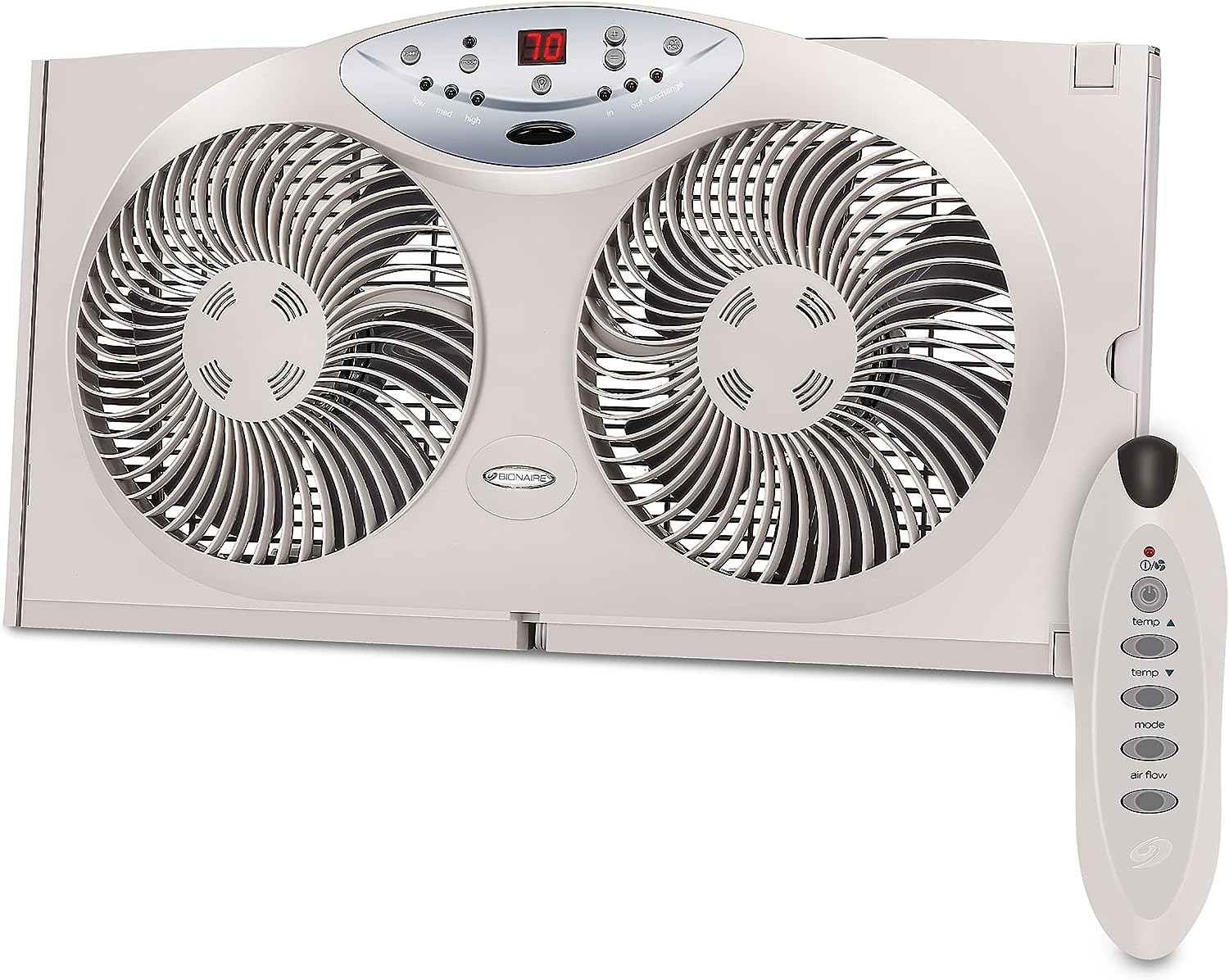
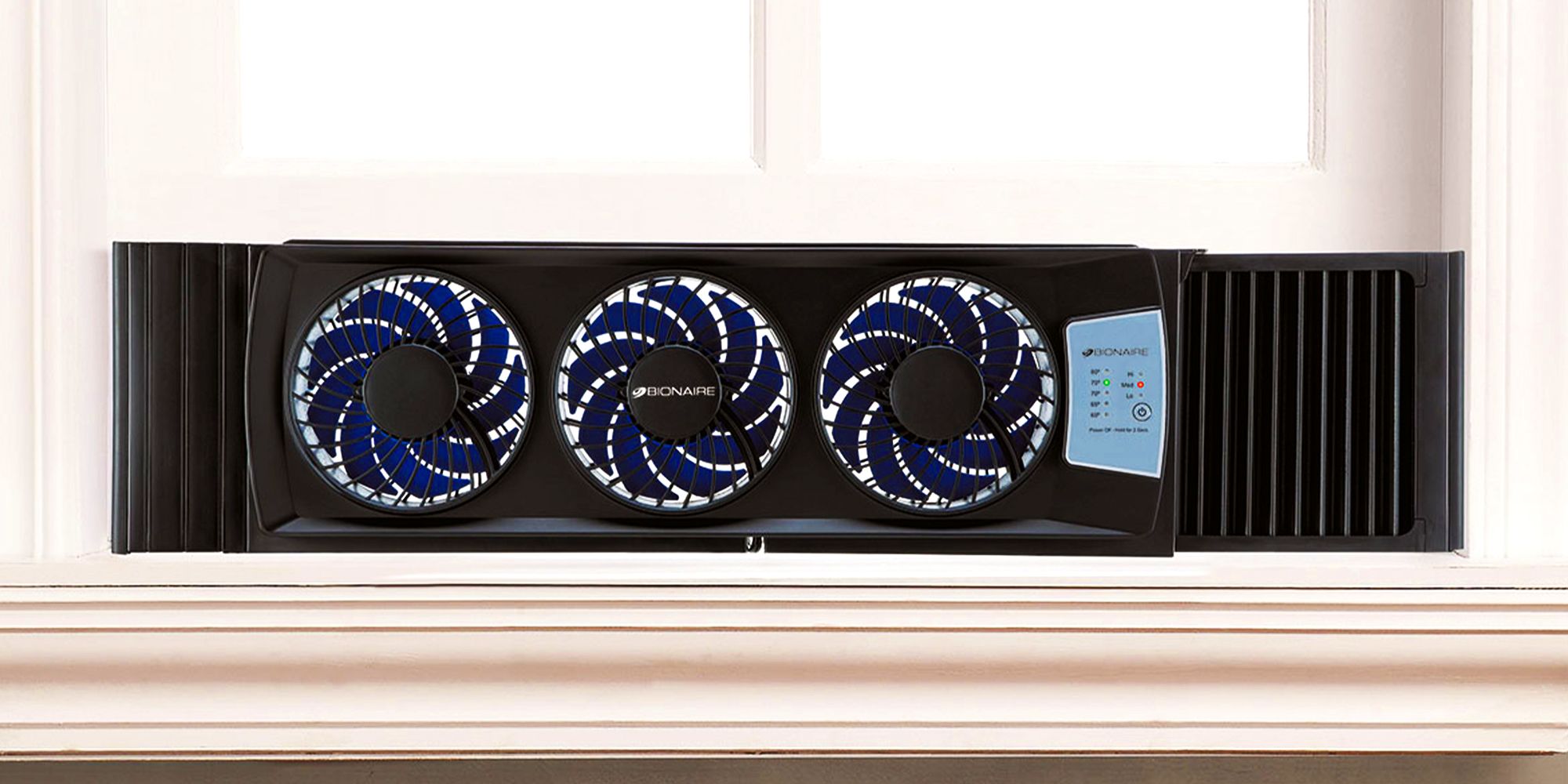
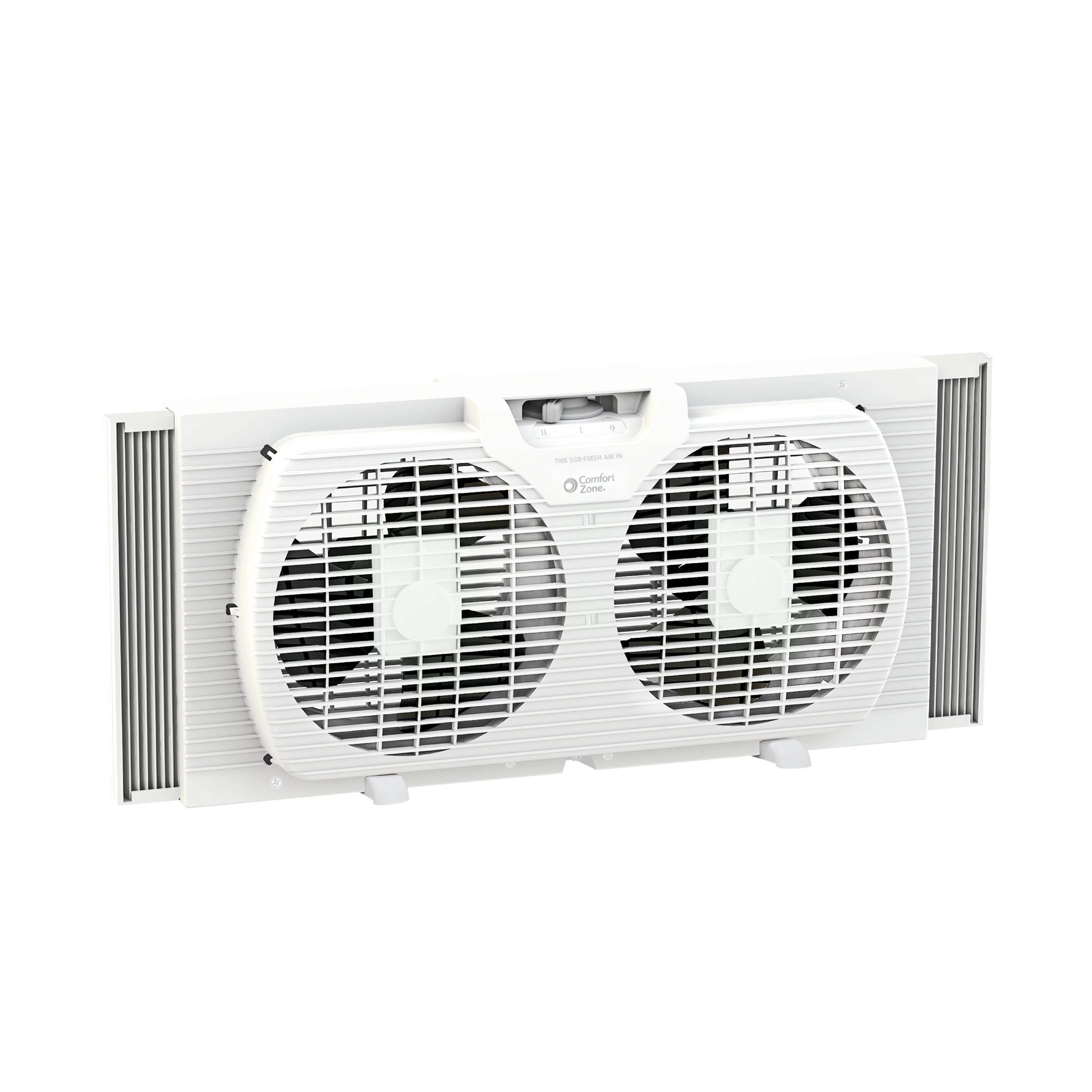
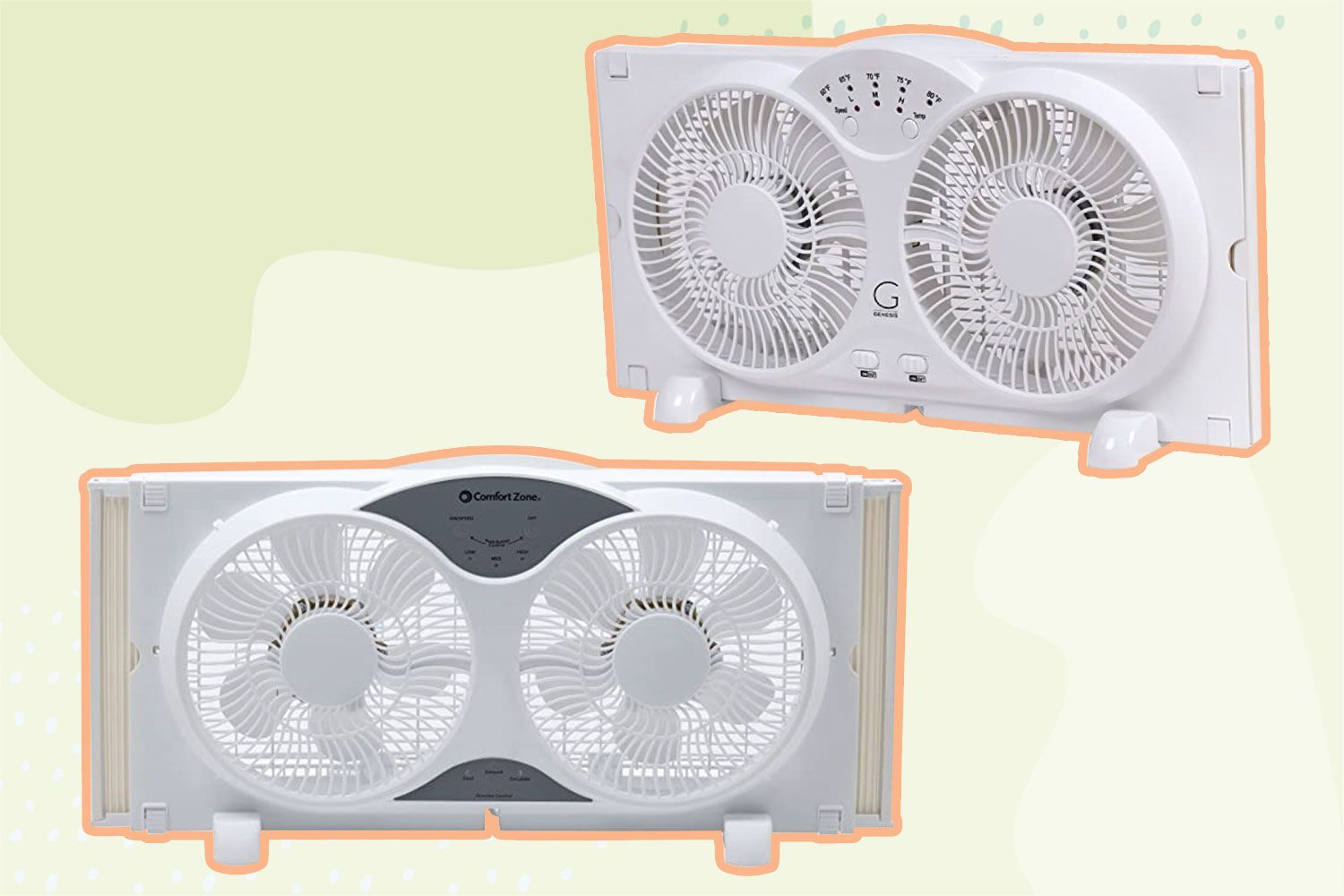
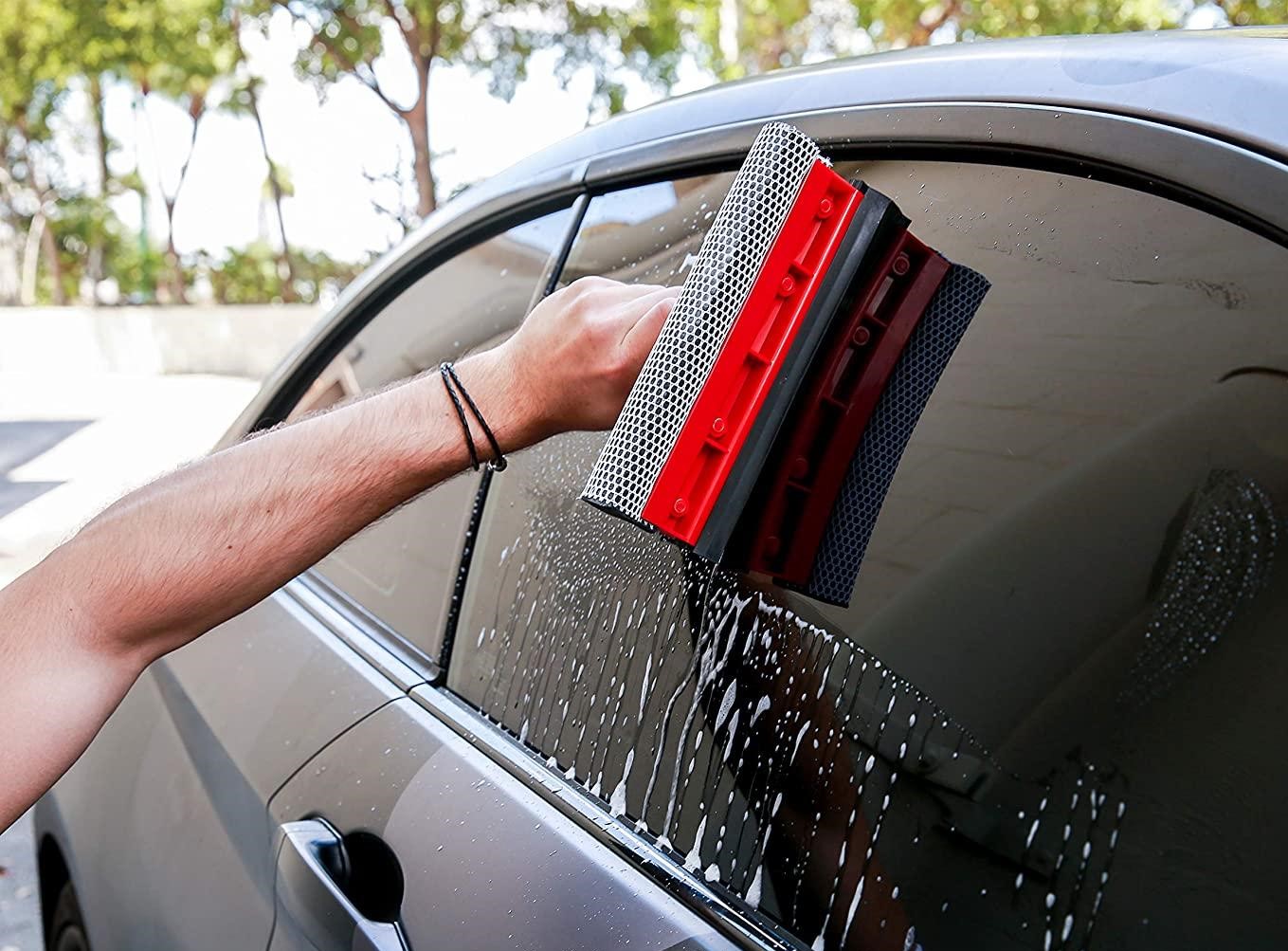
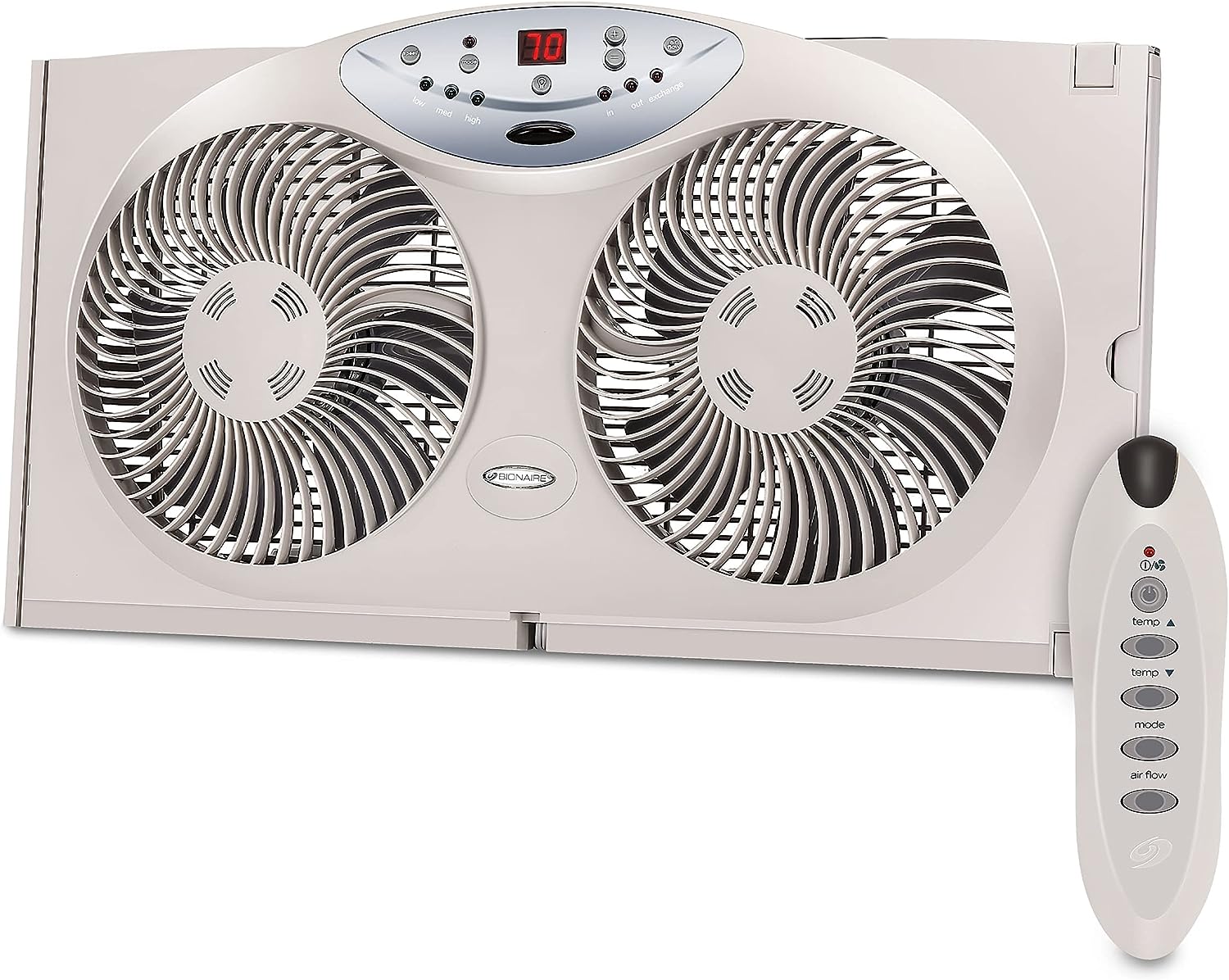
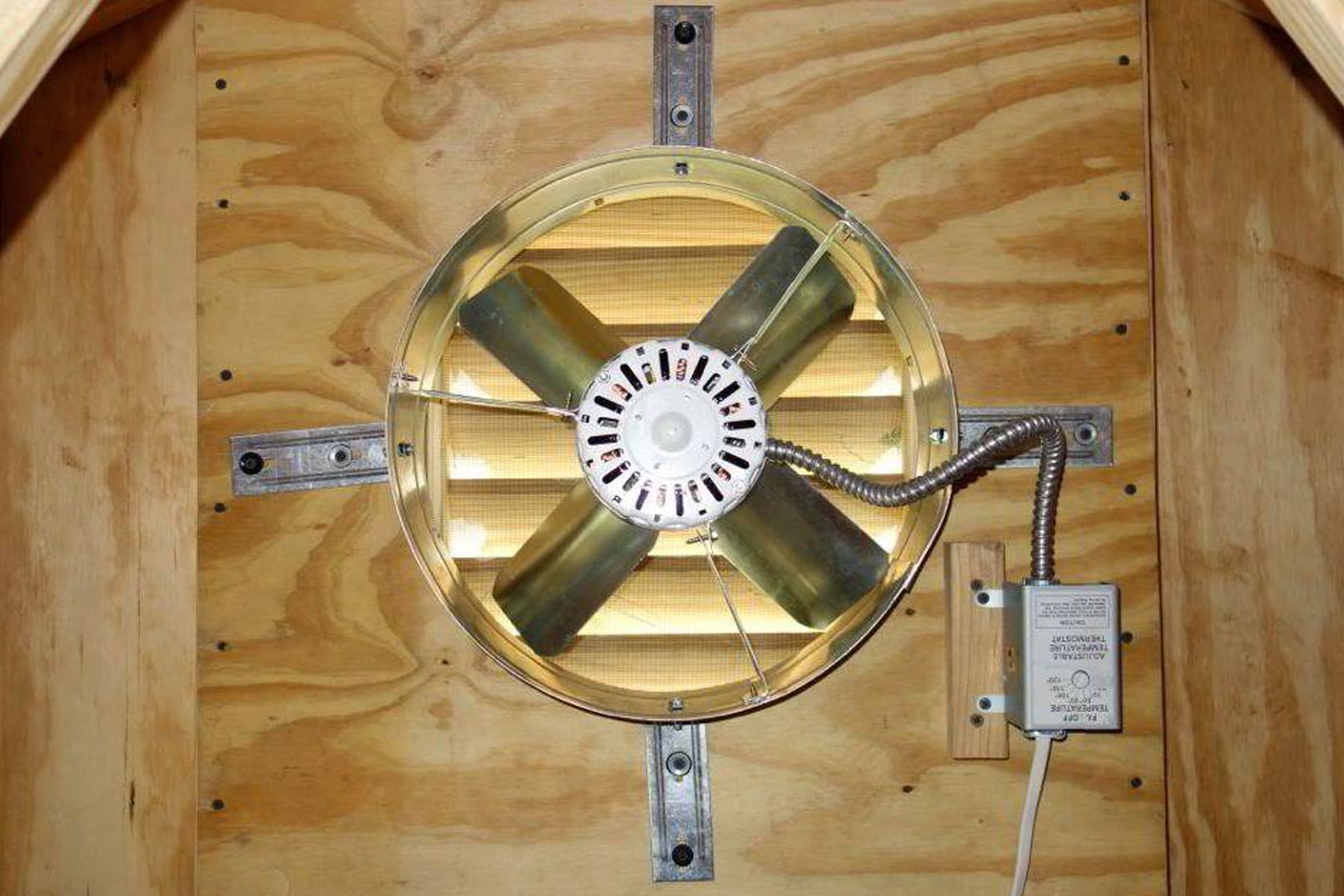

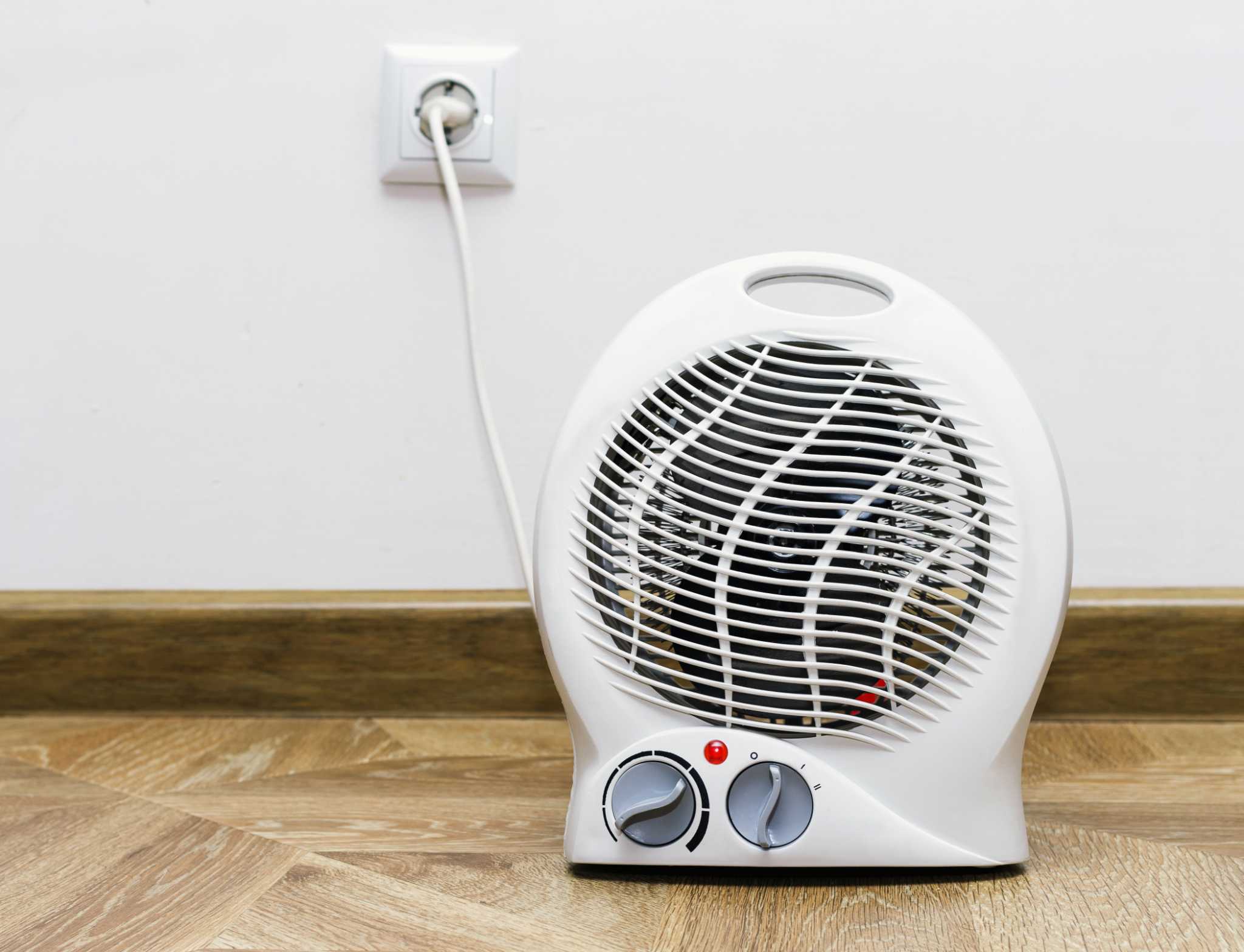

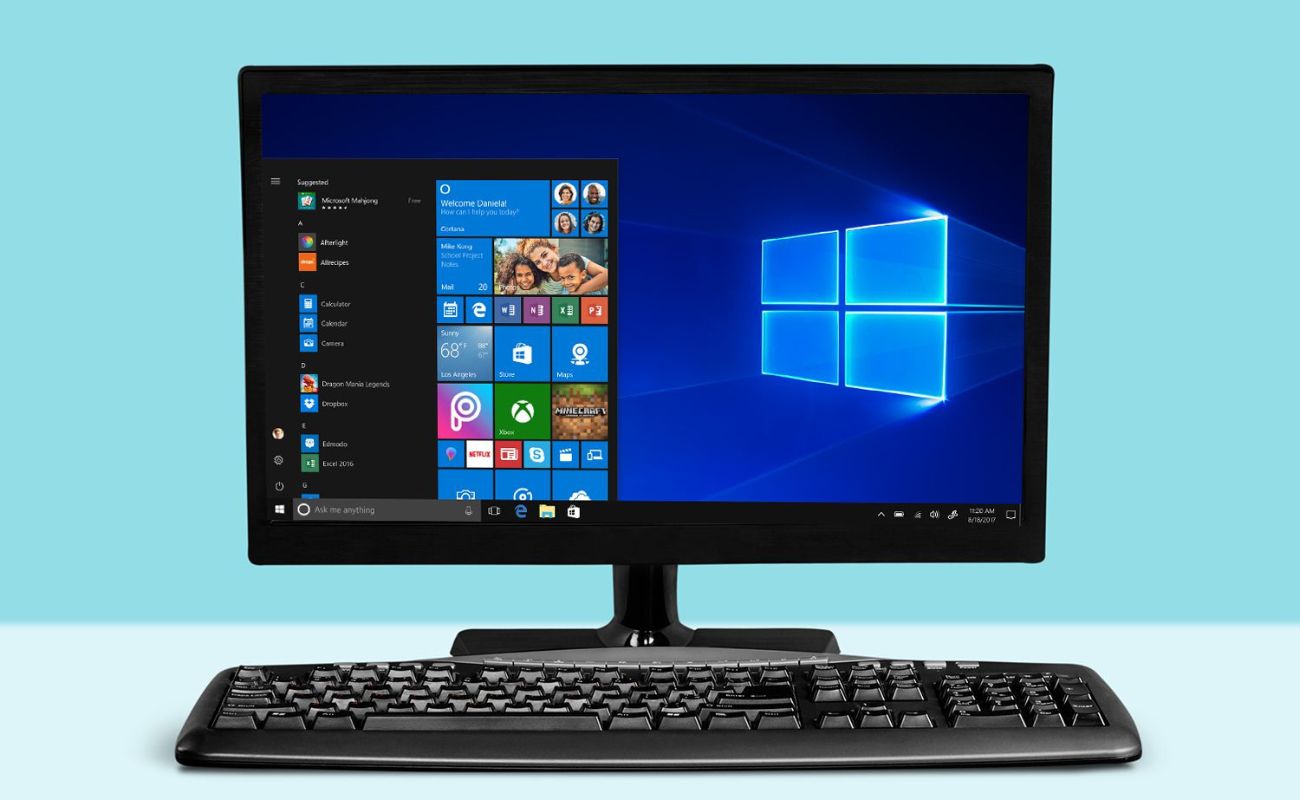
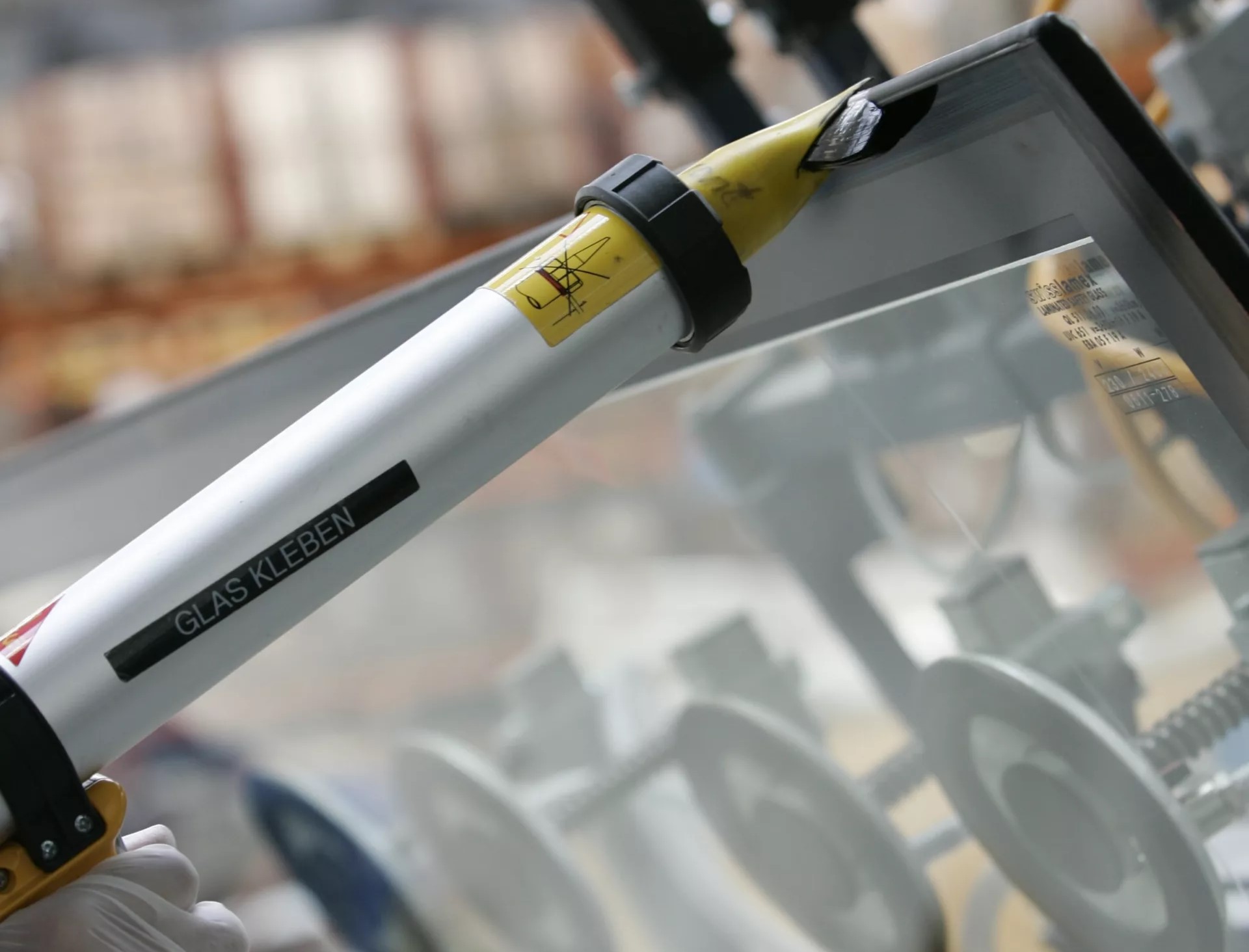



0 thoughts on “How To Use A Window Fan”